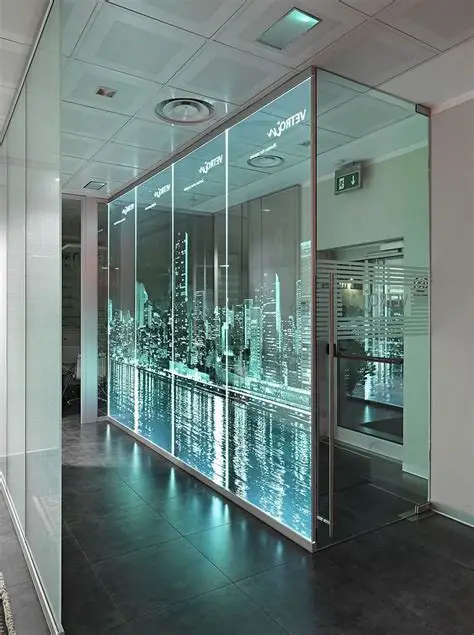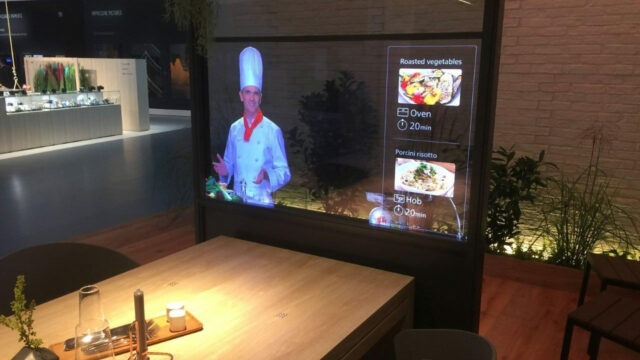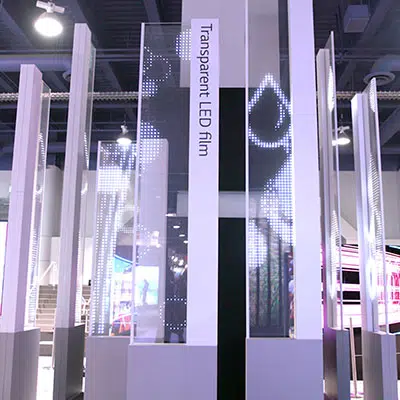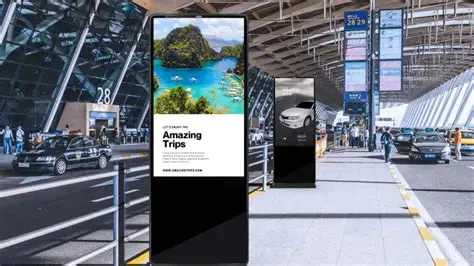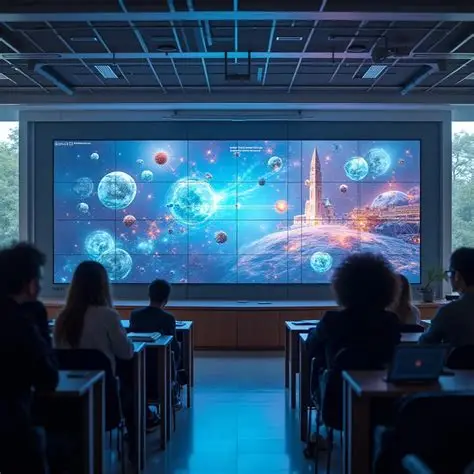Transparent LED displays are one of the most striking digital signage technologies out there. Whether you’ve seen one lighting up a retail storefront, hovering behind a glass wall at a trade show, or embedded in a hotel lobby, there’s no denying their wow factor. But as eye-catching as they are, the magic really happens behind the scenes — in the transparent screen content control.
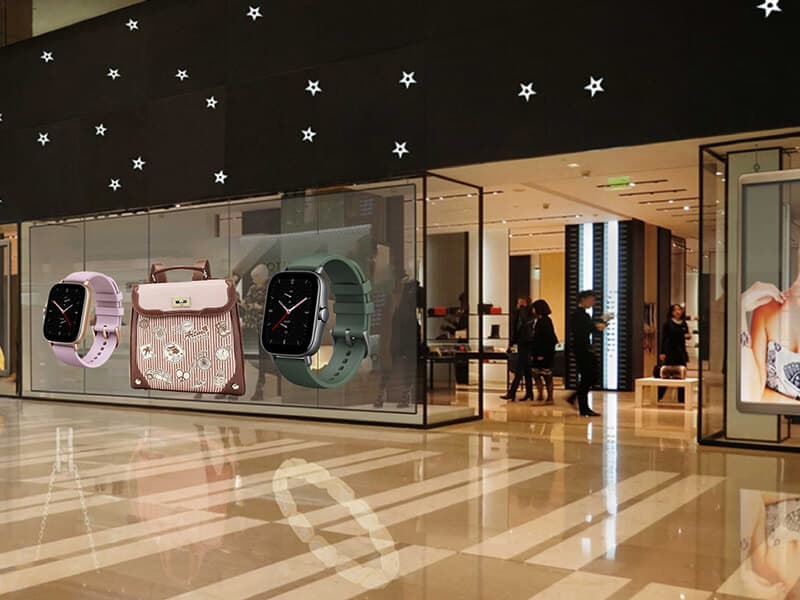
So how exactly do you control what shows up on a transparent LED screen? Is it just plug-and-play like a TV, or is there more to it?
In this guide, we’ll walk through the most common methods of managing content on transparent displays, the tools you’ll need, and a few smart tips for making your content look its best.
First Things First: What Are You Controlling?
Before we jump into the how, let’s define the what.
A transparent screen is still, at its core, a digital display — just one that allows light to pass through. That means the way you manage content is actually quite similar to how you’d control any standard LED wall or digital signage for storefront windows.

You’ll typically be controlling:
- Video loops or animations
- Branded visuals and product showcases
- Interactive content (for touch-capable screens)
- Live feeds or scheduling-based content
- Remote updates for multiple locations
And all of this can be managed through either hardware-based media players, cloud-based CMS software, or a combination of both.
Option 1: Media Players (Local Control)
For smaller setups or one-off installations — like window display advertising screens or transparent display booths at trade shows — a local media player is often all you need.
These devices, like BrightSign, Android boxes, or Raspberry Pi systems, connect directly to the screen’s control unit and push content via HDMI or a similar interface. You can preload media files and let them loop, or schedule playback using simple playlist tools.
Pros:
- Great for standalone displays
- Easy to set up
- Budget-friendly
Cons:
- Limited remote access
- Manual updates required (usually via USB or SD card)
This setup works especially well for transparent screen rentals in Los Angeles, product launches, or any temporary campaign where on-site control is feasible.
Option 2: CMS Platforms (Cloud Control)
For brands using transparent digital signage across multiple locations — like boutiques, hotels, or high-end retail chains — a Content Management System (CMS) is a better fit.
A CMS allows you to manage content remotely via the web, schedule playlists, segment content by screen or region, and even monitor performance. Think of it as your digital signage dashboard.
Popular platforms that support transparent displays include:
- NoviSign
- ScreenCloud
- Yodeck
- Xibo
- Custom systems provided by screen vendors like SeeThruDisplay
CMS Benefits:
- Centralized control of all screens
- Time- or trigger-based scheduling
- Easy to push content updates without visiting each location
- Can integrate with interactive elements or touch capabilities
This is ideal for luxury store digital signage, transparent LED signage for malls, or any situation where consistent branding across locations is key.
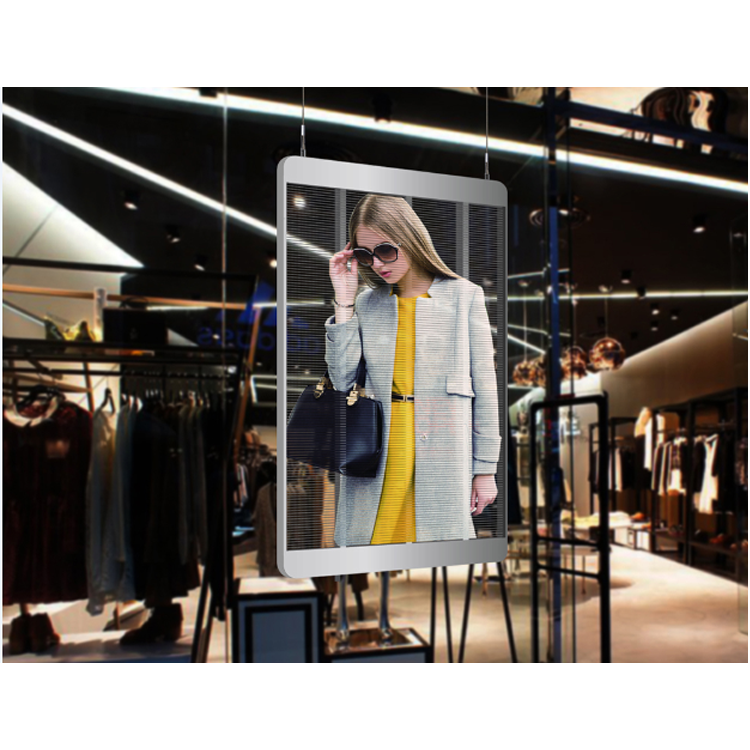
Content Design Tips for Transparent Screens
No matter which method you use to control your content, success depends on how well your visuals are designed for the screen type. A few pro tips:
1. Use High Contrast
Your display is competing with what’s behind the glass, so your content should pop. Use bold colors, clean typography, and minimal fine detail.
2. Think Light Layers
Because transparent LED displays let light pass through, layering semi-transparent graphics and motion overlays can add depth — without becoming too busy.
3. Avoid Bright White Backgrounds
Too much white can make the content hard to read and may even increase power consumption. Darker tones often look better and reduce glare.
4. Test in Context
Content that looks good on a monitor might behave differently when installed on a glass LED screen in daylight. Test visuals in real lighting conditions when possible.
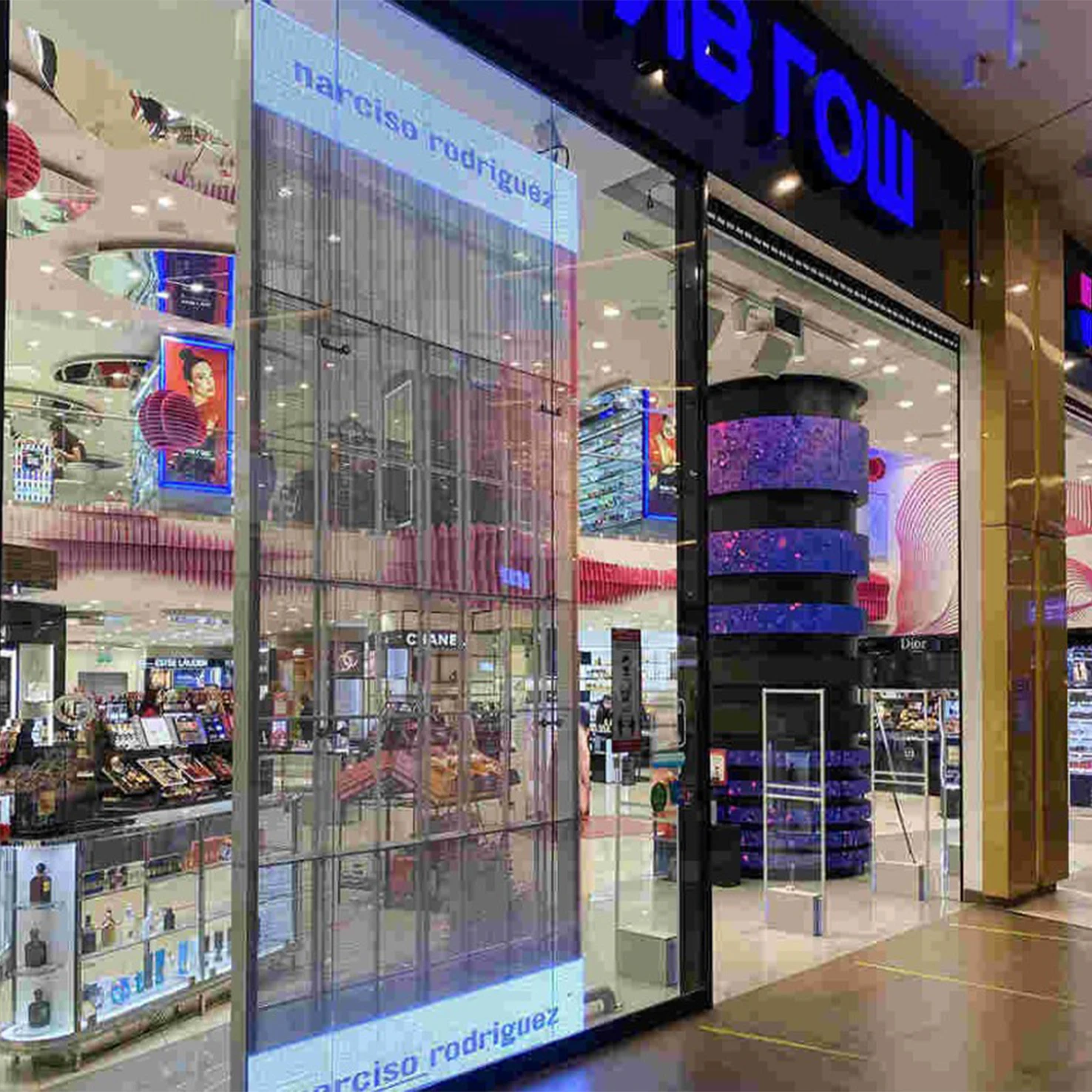
Bonus: Interactive Content Control
If you’re using an interactive transparent display, you’ll likely need a system that supports touch or gesture-based input. This could be a CMS add-on, or it might require custom software.
Examples include:
- Product catalogs with swipe-to-browse
- Interactive maps for showrooms or hotel lobbies
- Retail quizzes or brand engagement tools
- Transparent display monitors that respond to motion
The key is integrating input recognition with content delivery — something that a specialized supplier like SeeThruDisplay can help customize.
Final Thoughts: Control = Creativity
Transparent screens are powerful, but their real impact comes from how well you control and deliver content. Whether you’re running a single transparent LED display or managing a fleet of see-through advertising screens across cities, understanding your control options unlocks creative freedom.
From in-glass advertising screens to digital storefront screens that double as art, the future of signage is clear — literally and figuratively. And with the right tools in place, controlling that content can be as seamless as the screens themselves.

